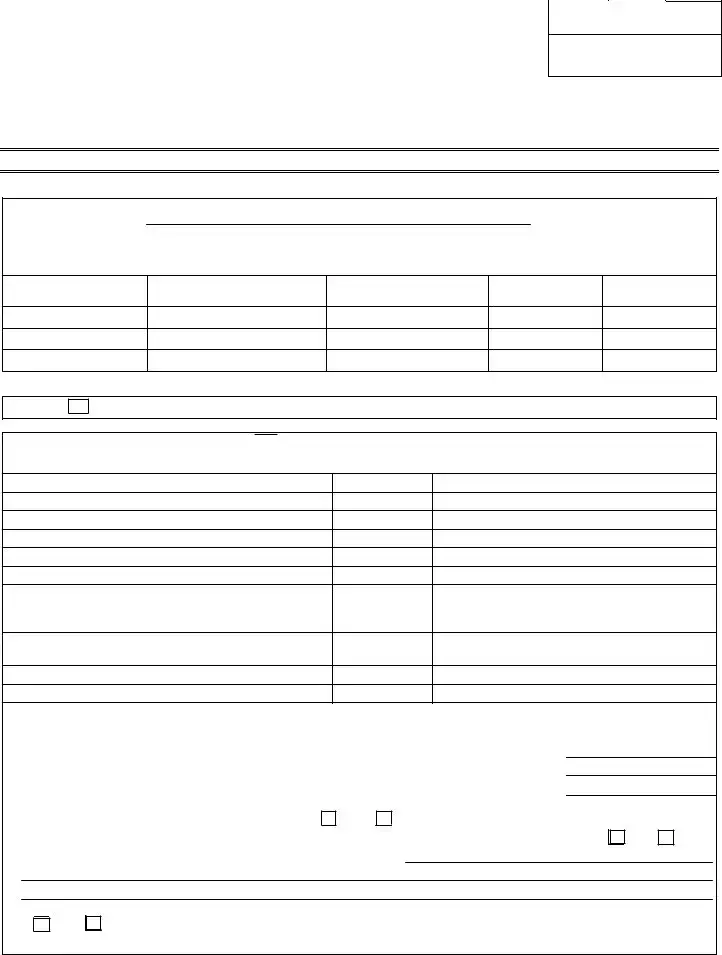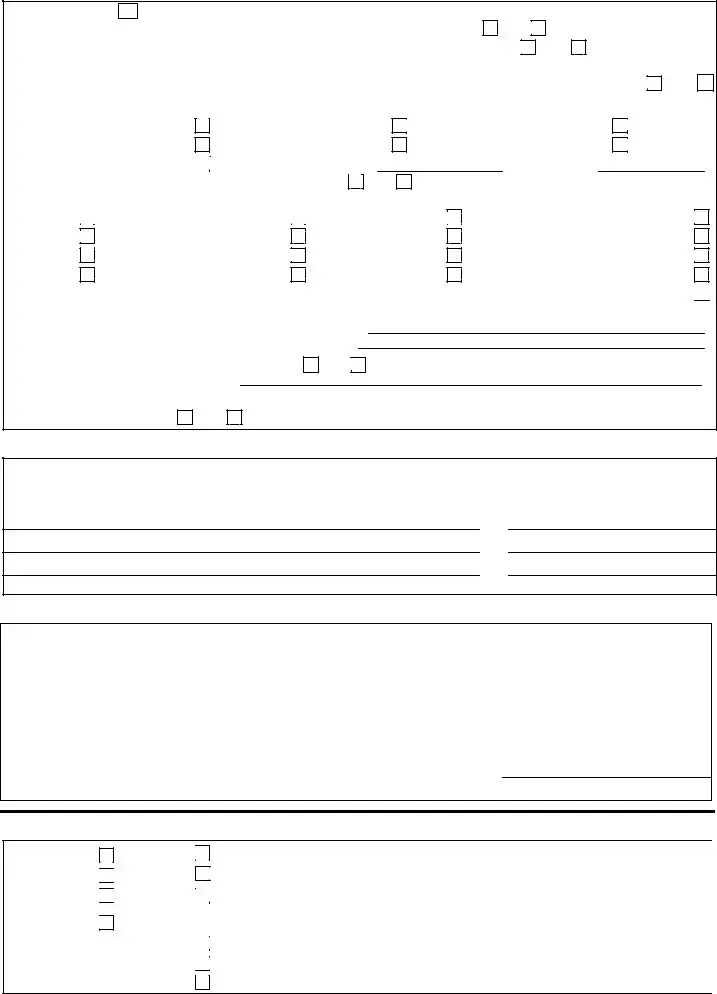The Schedule F form, used for reporting farm income and expenses to the IRS, is similar to the State Tax CL-1 form in purpose and content. The Schedule F form requires detailed income statements from agricultural operations - mirroring the CL-1's section on agricultural or horticultural income and uses. Both forms serve to validate the financial aspects of farming operations, essential for benefit eligibility or tax assessment.
Application for Agricultural, Horticultural, or Forest Land Assessment forms used by other states have similarities with the State Tax CL-1 form. These applications often require information about the land's use, the type of agriculture, horticulture, or forestry practiced, and specific management plans, similarly to how the CL-1 requires attachments like the State Forester’s Certificate for forest land classification. They are crucial for landowners seeking reduced property tax assessments based on current land use.
The IRS Form 4562 for Depreciation and Amortization reflects similarities with the CL-1 form in terms of its necessity for agricultural business owners to report significant financial details. While Form 4562 focuses on depreciation expenses, the CL-1 encompasses a broader range of agricultural activities but both ultimately contribute to the financial documentation required for tax purposes.
The Conservation Reserve Program (CRP) is facilitated by agreements akin to the legal documentation in the State Tax CL-1 form. The CRP documents outline a landowner’s commitment to conservation practices, paralleling the State Tax CL-1 form’s section on recreational land use aimed at preserving natural resources. Both sets of documents underscore the importance of land management in support of environmental stewardship and financial benefits.
Local Property Tax Abatement forms, similar to the State Tax CL-1, request information from property owners seeking a reduction in their property taxes. While the CL-1 form is tailored towards land classified for specific uses, abatement forms generally address broader reasons for seeking tax relief. Both, however, require detailed property and owner information to process the application.
The Land Use Change Tax forms, encountered in some jurisdictions, share objectives with the State Tax CL-1 form. These documents come into play when land previously benefiting from lower tax rates due to its agricultural, forest, or recreational designation is converted to a different use. Like the CL-1, they involve reporting past and intended land use but from a perspective of changing use and assessing related taxes.
Special Valuation Application forms for Historical Land also bear resemblance to the State Tax CL-1 form in their function of offering tax incentives. By declaring a property’s historical significance or its conservation status, these applications, much like the CL-1, support maintaining land in a state that benefits the community or the environment, in exchange for tax reductions or assessment adjustments.
Federal grant applications for agricultural or conservation projects share a common goal with the State Tax CL-1 form – supporting the sustainable management of land. Although federal grants often focus on funding specific projects rather than tax classification, both require detailed descriptions of current and planned land use, aligning with broader objectives of land preservation and responsible agriculture.
Water Management District applications for agricultural water use permits, while more specialized, also parallel the CL-1 form in outlining land-specific uses. These permits are crucial for agricultural operations that depend on irrigation, reflecting the CL-1’s emphasis on land use by class and specific agriculture or conservation practices.
The Farmland Preservation Agreement forms, aimed at protecting agricultural land from being developed, resonate with the essence of the State Tax CL-1 form. By agreeing to preserve land for farming, landowners can access various benefits, including potentially lower taxes akin to those seeking classification under the CL-1 form for agricultural or horticultural use. Both forms underscore a commitment to maintaining the land's character for future generations.









 Use/Condition
Use/Condition

